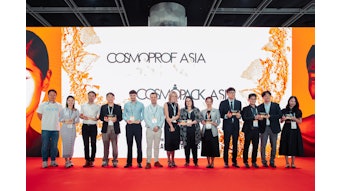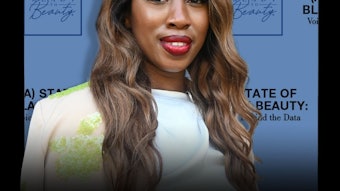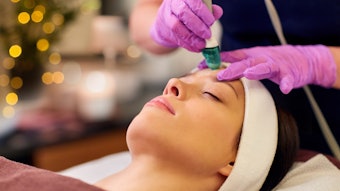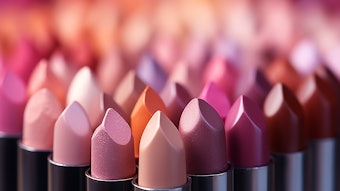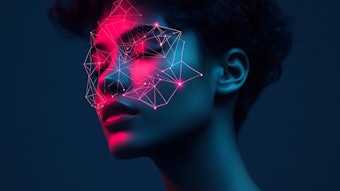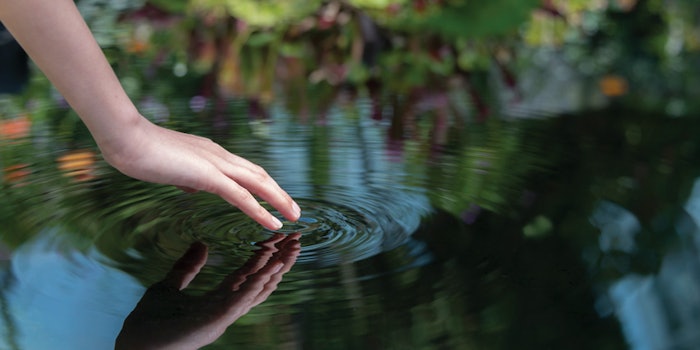
“Almost our entire understanding of the world is experienced through our senses.” –Martin Lindstroma
In life, it’s all about experience. When attending a concert, it’s the emotional feeling of the artist that is performing that we seek to embrace. When enjoying a vacation, it’s the thrill of the adventure that we hope to obtain. When gathering with friends, it’s the feeling of companionship and love that we want to capture.
The primary ways we approach the creation of an experience through beauty products are sensorially, by translating an experience through the five senses—sight, touch, taste, smell and hearing. The way we choose to spark each sense will impact the overall experience and shape its emotional landscape.
Author, speaker and Forbes columnist, Blake Morgan, defines the customer experience as “everything the customer goes through—it’s everything the customer touches, tastes, smells, hears, sees throughout the experience with the brand. What are they going to feel or think? It’s being almost obsessive about the experience the customer has with the brand—the attitude of ‘I want to be here,’ rather than ‘I have to be hereb.’”
Beauty is a Hands-on Category
Although a consumer may be introduced to a beauty product digitally, they still prefer to touch and feel before they purchase. In 2018, Accenturec conducted a beauty consumer survey, commissioned by Facebook IQ. The goal was to collect data on how people buy beauty products. Responses were collected from 1,682 U.S. women (aged 18 and older) who had purchased makeup or skin care products.
One section of the survey focused on how shoppers research and evaluate beauty products. The data showed that online and mobile platforms help beauty shoppers discover and evaluate new brands and products. Yet, in-store remains the most common way people research beauty products, with 61% of makeup (versus 36% online)d and 55% of facial skin care shoppers relying on physical locations for in-person evaluations.
Anyone who spent time in the beauty department stores this past holiday season could easily observe this behavior. Shoppers were in-store first to evaluate products, with phone in hand to either 1) take a picture of the product so that they could then order at the online store or 2) comparison shop the product to see where the best pricing deal was landing. Either way, they wanted to see and experience the product first.
Generating Emotional & Intuitive Responses
According to Marc Gobé, author of the book “Emotional Branding,” “Every brand should contain subliminal codes that trigger the perception of positive emotions with regard to a producte.”
For the full article, check out Global Cosmetic Industry's April digital magazine.
Next Issue
Up next, we’ll continue this series by digging deeper into the consumer’s experience of beauty products via the mind-skin interface.
Footnotes:
awww.longdom.org/open-access/a-study-on-the-influence-of-senses-and-the-effectiveness-of-sensory-branding-Psychiatry-1000236.pdf
b“The Difference Between Customer Service And Customer Experience,” www.forbes.com/sites/blakemorgan/2015/12/30/the-difference-between-customer-service-and-customer-experience/#1135e23a5f30
c“Understanding the Beauty Shopping Journey of the Connected Consumer,” www.facebook.com/business/news/insights/understanding-the-beauty-journey-of-the-connected-consumer
d“3 Beauty Retail Trends to Watch,” www.gcimagazine.com/marketstrends/channels/other/3-Beauty-Retail-Trends-to-Watch-503809371.html
eAllworth (2010)


